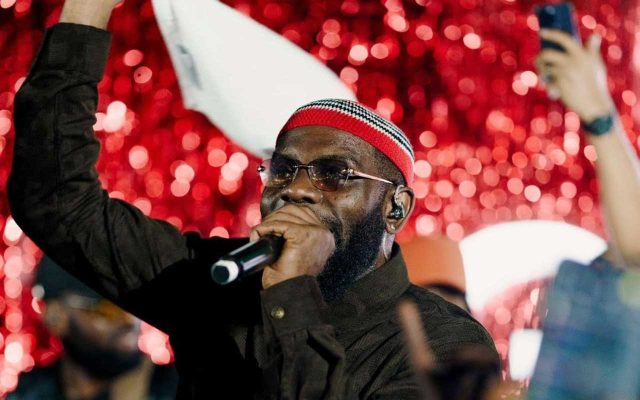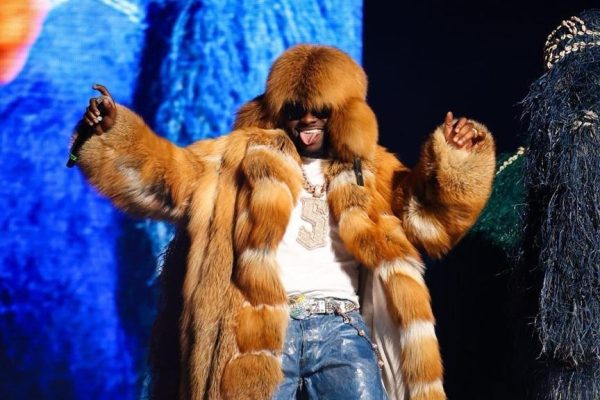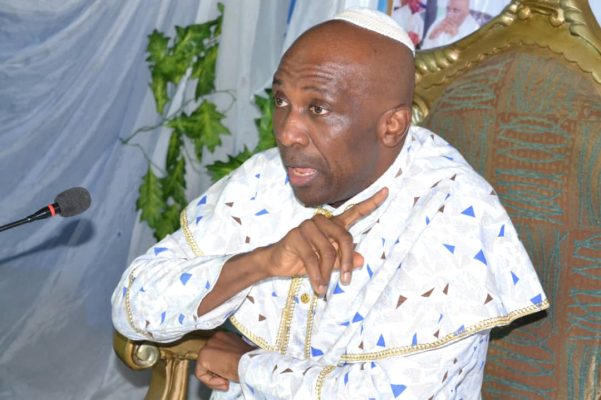Sometime around 1890, King Houegbadja, the third king of the Kingdom of Dahomey, now in present-day Benin, introduced an all-female military regiment, consisting about a third of the entire army, to protect him on the bloodiest battlefields.
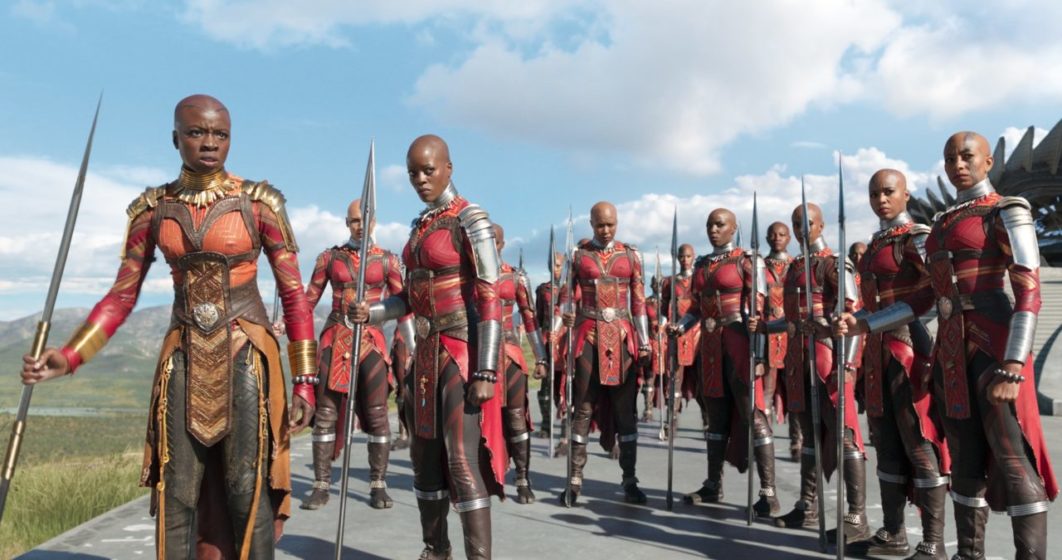
Certain theories suggest the group started as a corps of elephant hunters who impressed the King with their skills while their men were away fighting other tribes. Others insist that, because women were the only people permitted in the King’s palace with him after dark, they naturally became his bodyguards. Whichever way, these women, called the Ahosi of Dahomey, Mino or the Dahomey Amazons, were famous for their incredible ability to fight men.
[ad]
Only the strongest and most courageous women were recruited into the group which bound the women legally to the king in a vow of chastity. As such, they were disallowed to marry or have children. Some women joined out of their own volition, but others were enrolled to become soldiers by husbands who complained that they were uncontrollable.
Joining the group required mercilessness. One recruitment ceremony involved testing if potential soldiers were ruthless enough to throw bound human prisoners of war to their deaths from a fatal height. A French delegation visiting Dahomey in the 1880s reported witnessing an Amazon girl of about sixteen during training. After beheading a prisoner, she wiped the blood from her machete and swallowed it, while her fellow Amazons screamed in frenzied approval.
Nicknamed “Black Sparta”, the African Amazons trained intensely, learning survival skills, discipline and insensitivity to pain and death; this turned them into battle-hungry killing machines. In training, they jumped over walls covered with thorny acacia branches and went on 10-day Hunger Games-style expeditions in the jungle with only a machete.
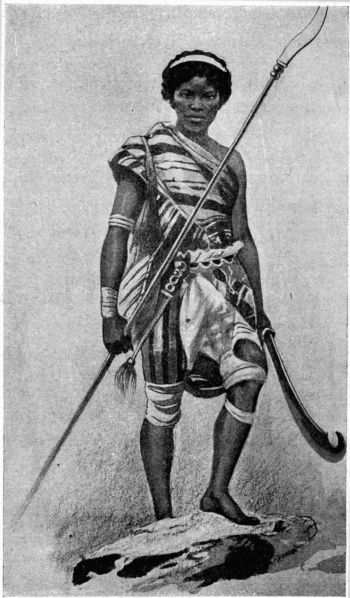
Despite the brutal training they were to endure, becoming the King’s soldiers gave women a chance to escape lives of forced domestic drudgery and “rise to positions of command and influence”.
The N’Nonmiton (our mothers), as they fondly called themselves, often fought to the death unless expressly ordered to retreat by the King. After the Franco-Dahomean Wars, in which many French soldiers died for underestimating the Amazons, the legionnaires wrote about the “incredible courage and audacity” of the Amazons.
Even after French expansion in Africa in the 1890s subdued the Dahomey people, their reign of fear continued. Uniformed French soldiers who took Dahomey women to bed were often found dead in the morning, their throats slit open.
The group was disbanded in the 20th century as part of the French colonial expansion. Nawi, the last surviving Dahomey Amazon, died in 1979 at the age of 100.
The fearsome Amazons served as inspiration for a number of books and movies, including the captivating all-female Dora Milaje group in the recently-released blockbuster movie, Black Panther. The group consisted of the finest women from each of the 18 tribes in the fictional East-African nation, Wakanda. While they were said to be the most feared women to walk the earth, these inspiring women helped change how women were seen and respected in Africa and beyond.
[ad unit=2]




